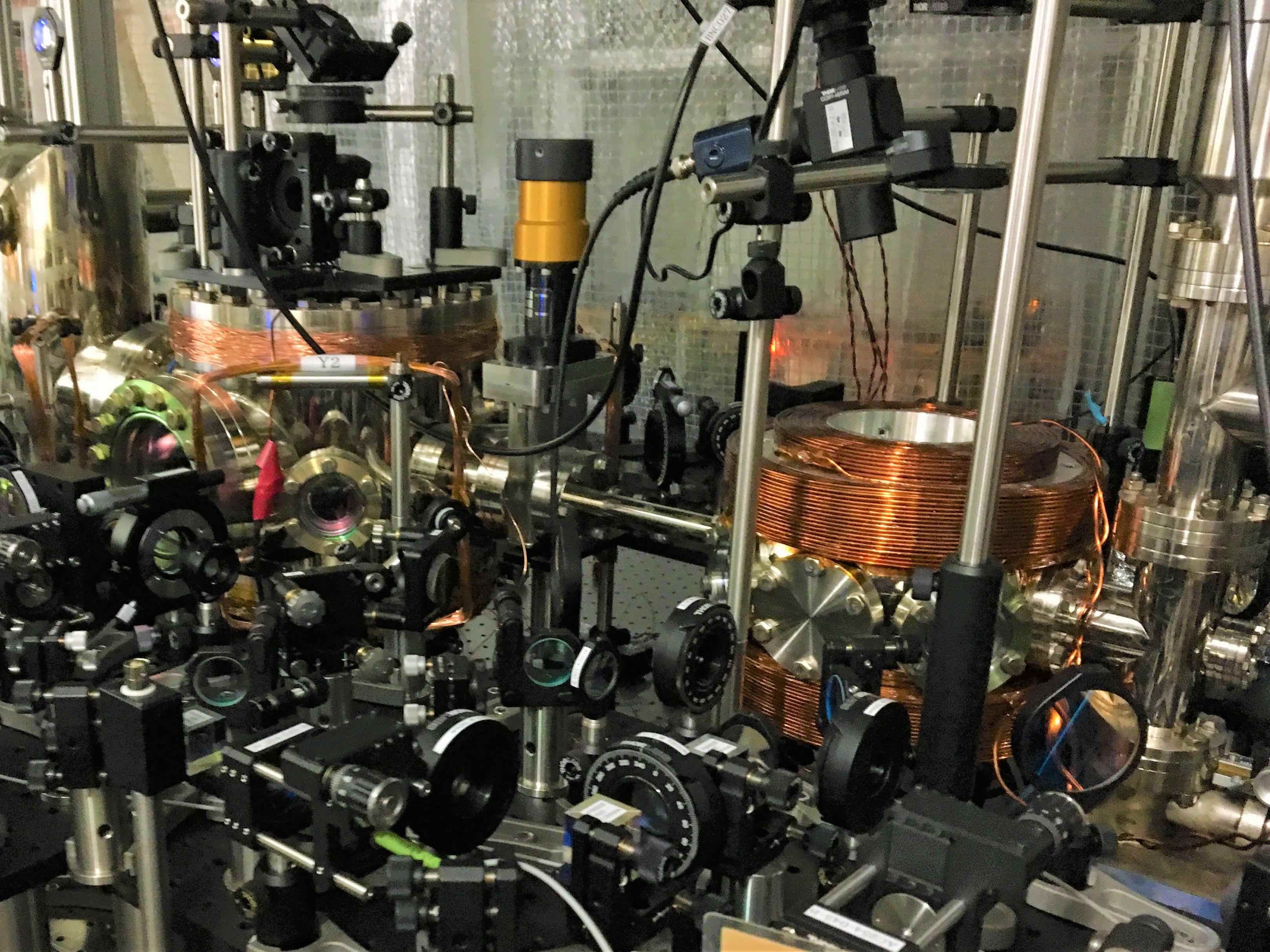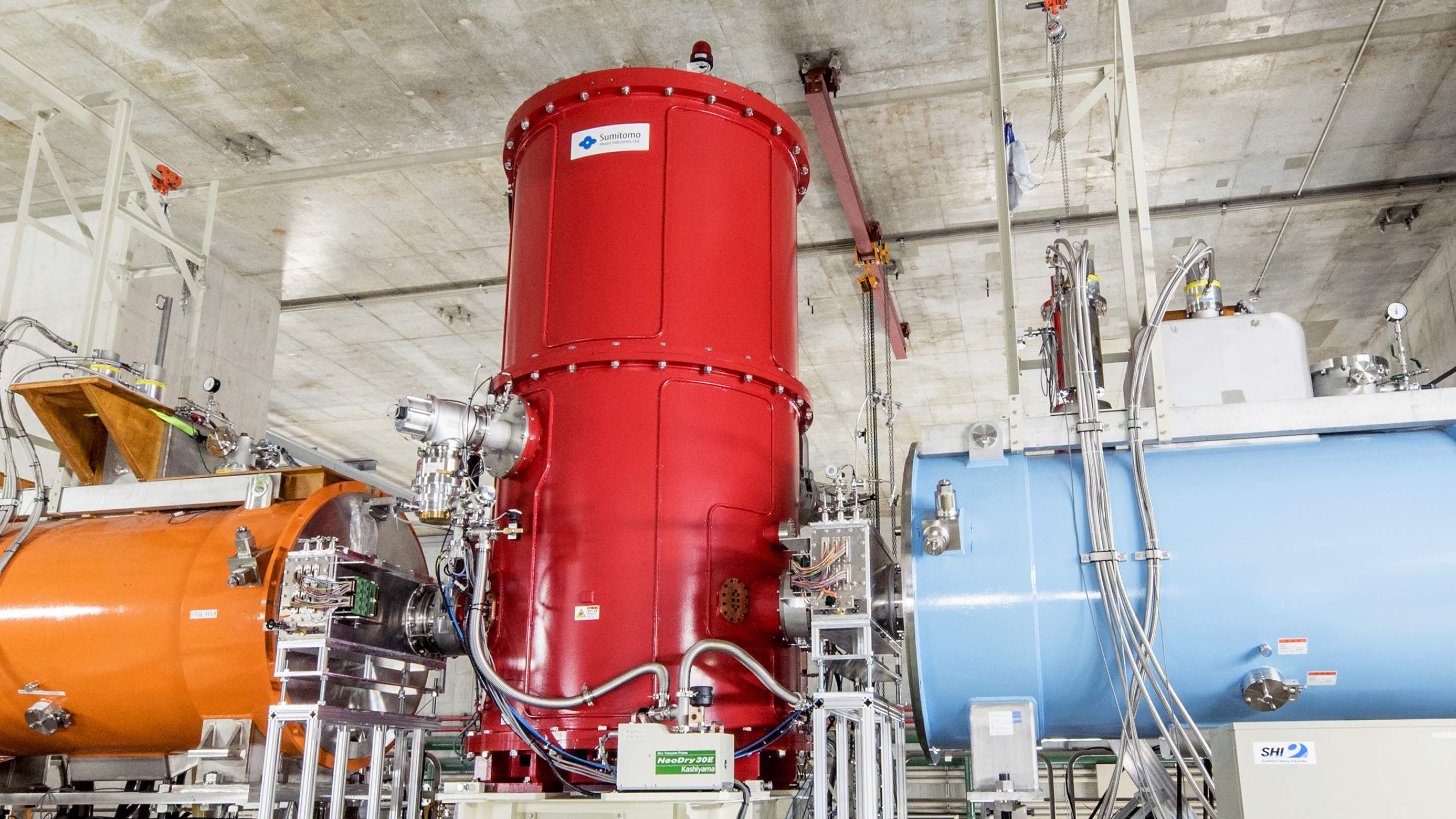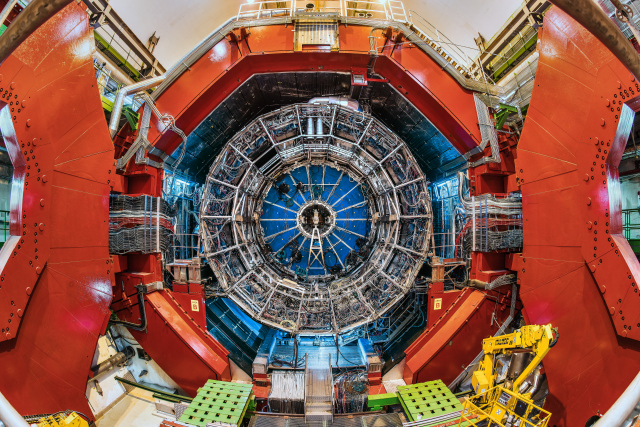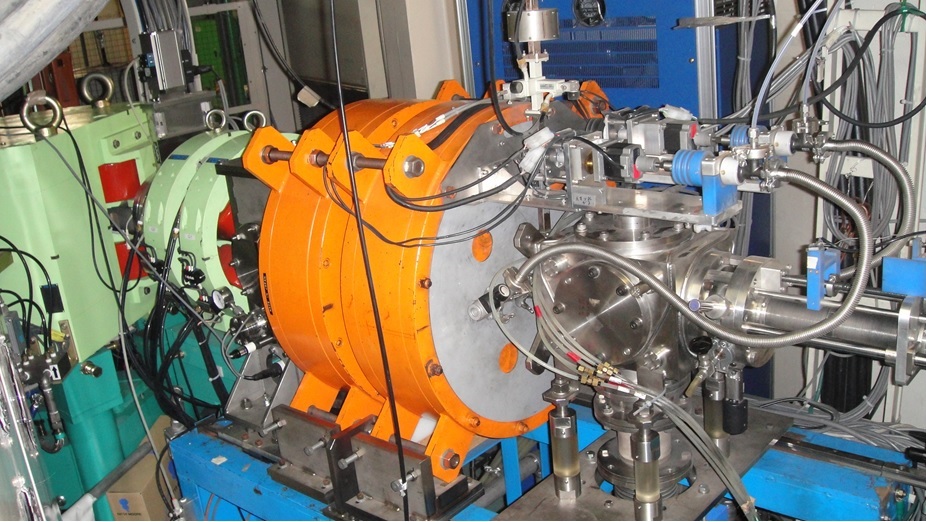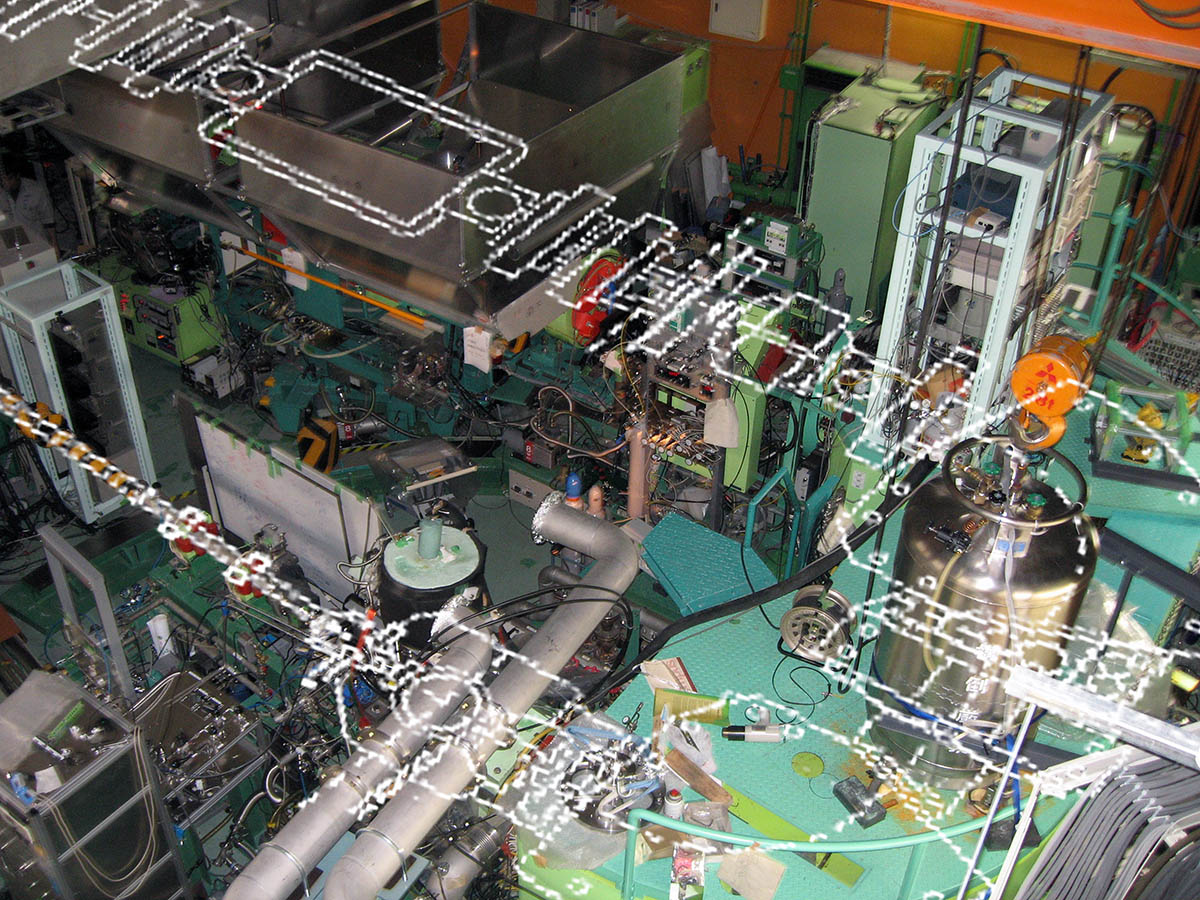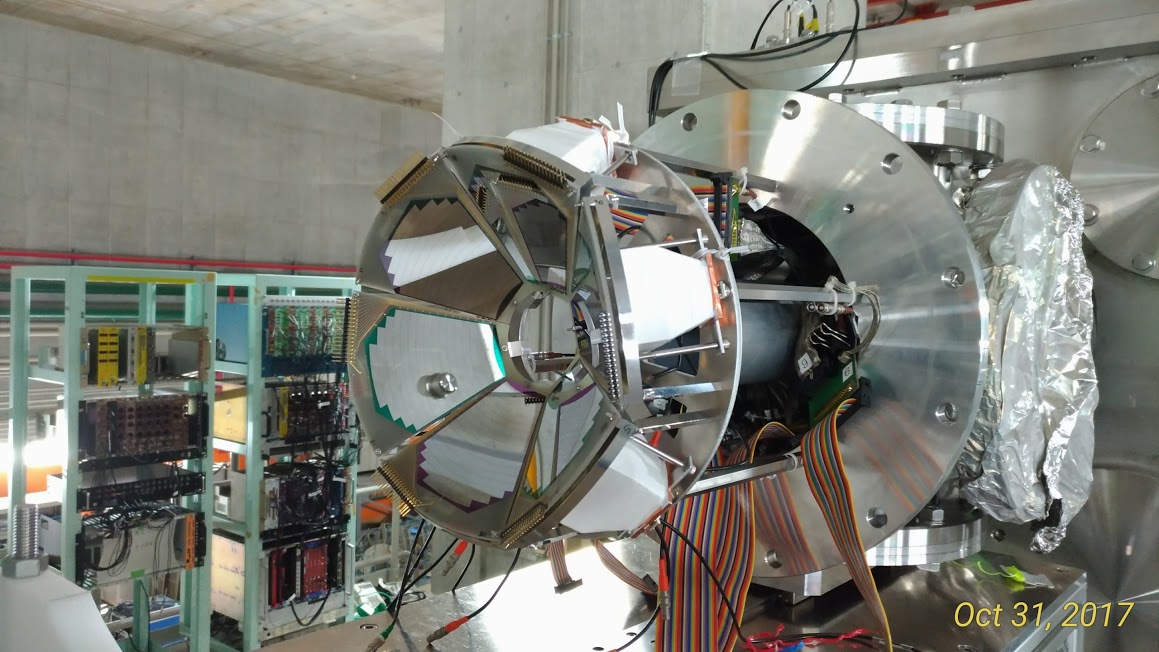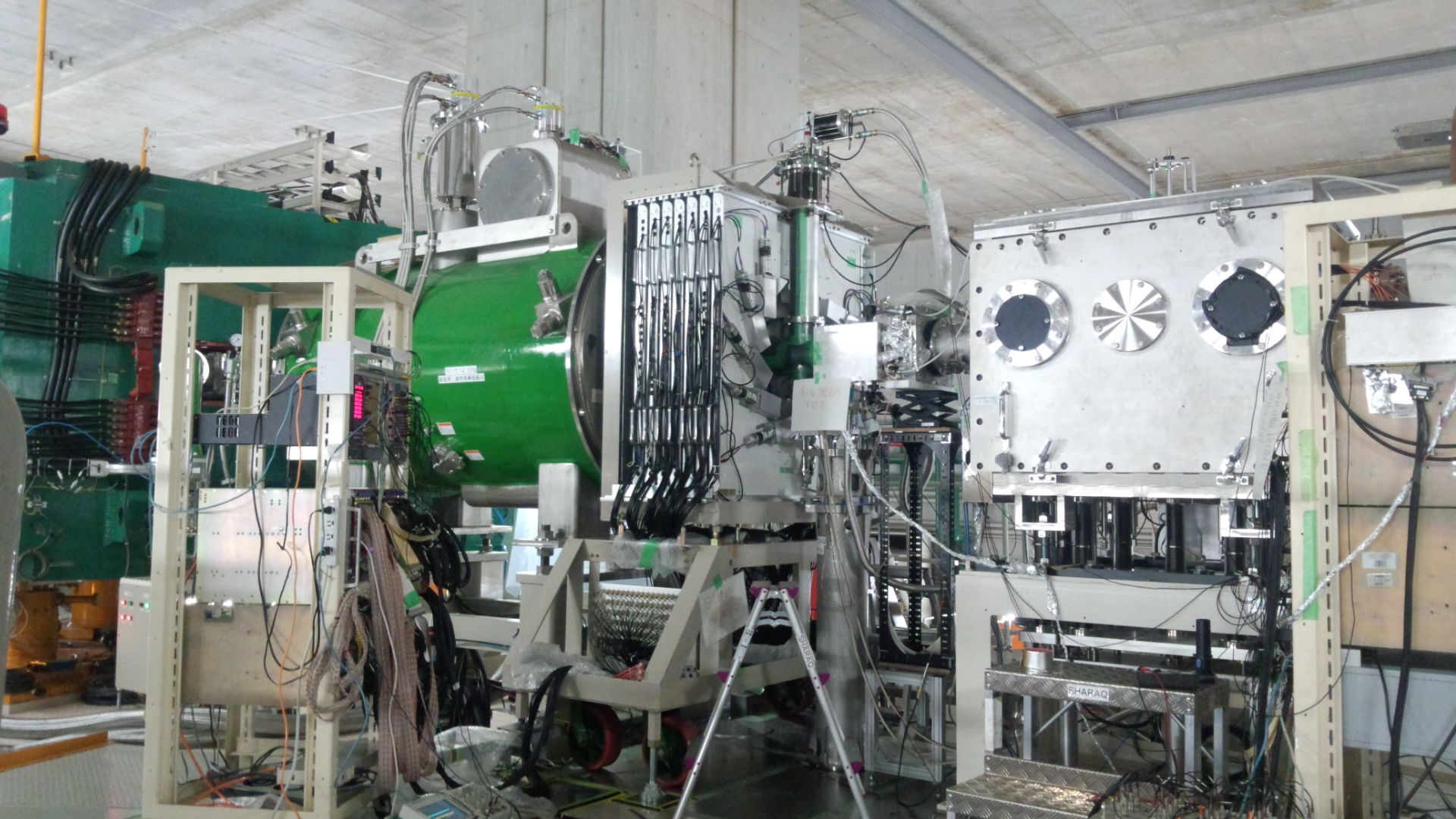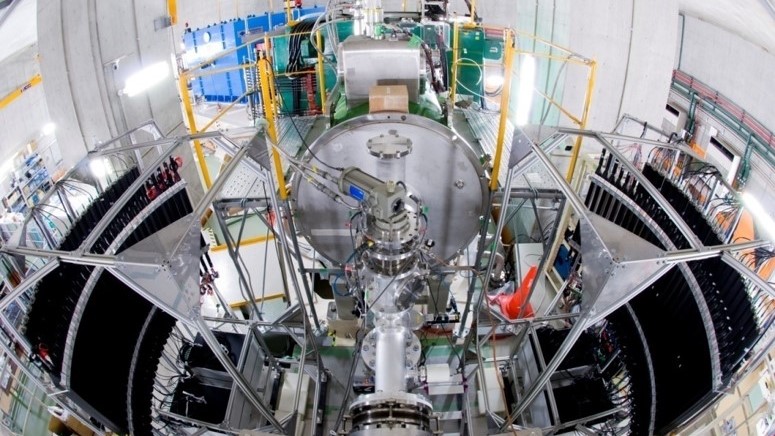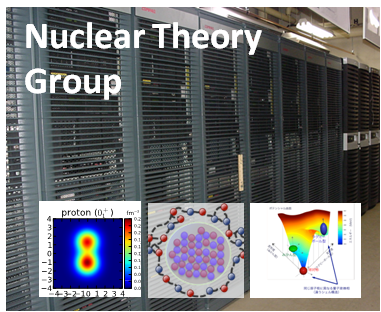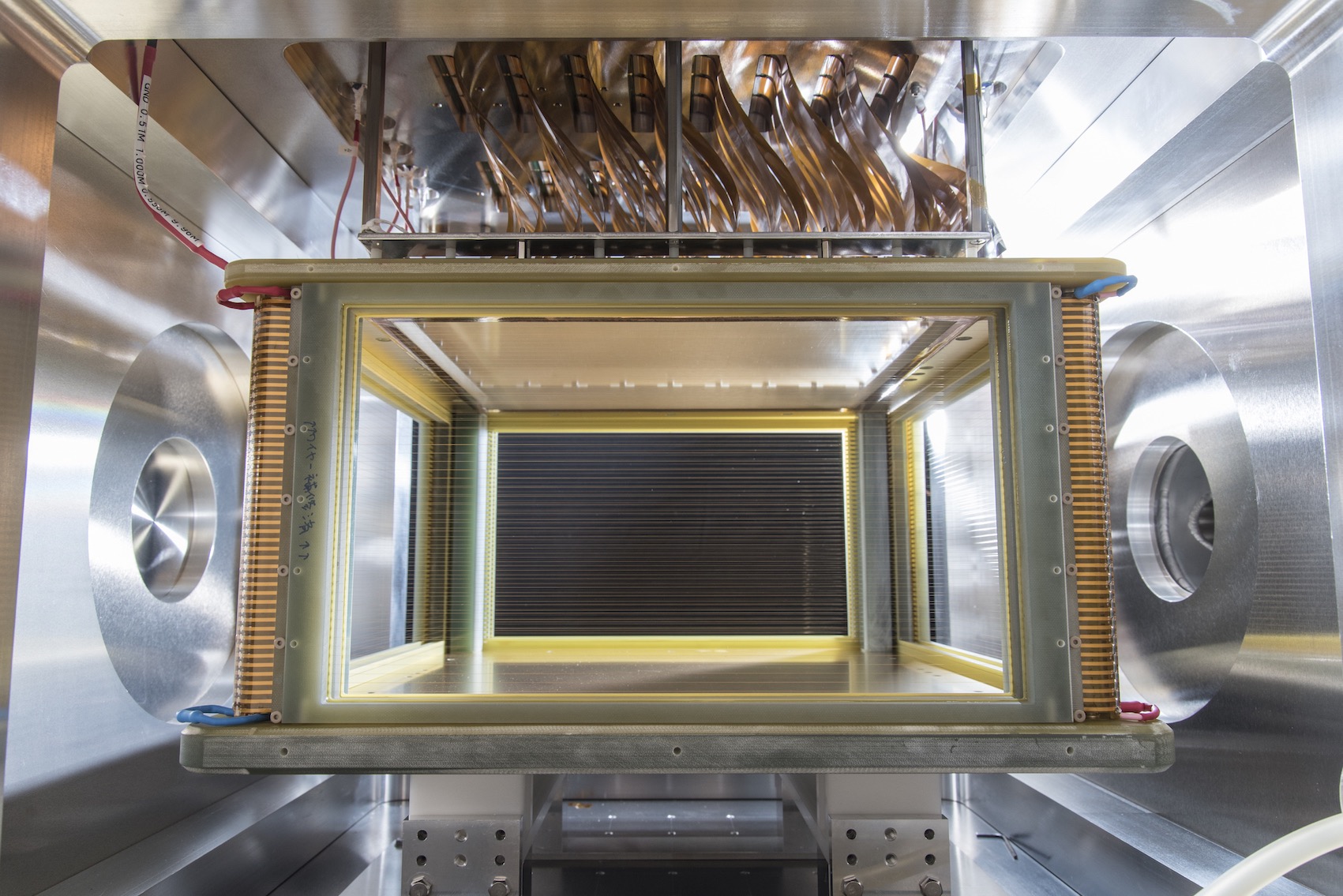Place: Nishina Hall, RIKEN Wako Campus
Date: Feb. 27 (Tue) 13:30 - 15:00
Speaker: Prof. Yi-Hua Lam (Institute of Modern Physics, Chinese Academy of Sciences)
Title: Sensitivity of the SAX J1808.4−3658 Photospheric Radius Expansion Bursts to Thermonuclear Reaction-Rate Variations
Abstract: More than half of the discovered Type-I X-ray bursters generate photospheric radius expansion (PRE) bursts. Nevertheless, the PRE bursting mechanism is not adequately understood due to the intricate thermo-hydrodynamics, varying accretion rates and non-constant recurrence times throughout a series of consecutive type-I X-ray bursts (XRBs). A set of PRE-burst models matching with observations are highly desired within the community to understand the burst mechanism and evolution of thermo-hydrodynamics, and to unfold the information embedded in X-ray signals, especially the properties of the accreting neutron star of a low-mass X-ray binary, nucleosynthesis, and burst ash composition. To construct these PRE models, identifying and reducing the uncertainties of important thermonuclear reactions are our prime aims. Here we investigate the sensitivity of PRE-burst models for the SAX J1808.4–3658 X-ray source on the uncertainties in (alpha, p), (alpha, gamma), (p, alpha), and (p, gamma) nuclear reaction rates. The fully self-consistent PRE-burst models consider the mutual influence between changes in extreme astrophysical conditions and changes in nuclear energy generation throughout the evolution of the sequential bursts. These PRE-burst models are instantiated from the state-of-the-art one-dimensional multi-zone thermo-hydrodynamic stellar evolution code, KEPLER. The impacts of all relevant reaction rates of proton-rich isotopes up to around mass 80 are individually studied by scaling up and down the respective reaction rate for a factor of 10. We identify and present a number of uncertain reaction rates that significantly influence the reproduction of observables (i.e., burst light curves, fluences, and recurrence times) and the prediction of burst ashes. The PRE-burst model is more sensitive to the change of reaction rates compared to all previous sensitivity studies. Moreover, this is the first XRB sensitivity study based on direct comparison with observations. In this talk, I will present the sensitivity-study results, deepening our understanding of the nuclear processes that shape observables of PRE bursts, and serving as a guidance for future nuclear astrophysics to reduce nuclear uncertainties in PRE models.
